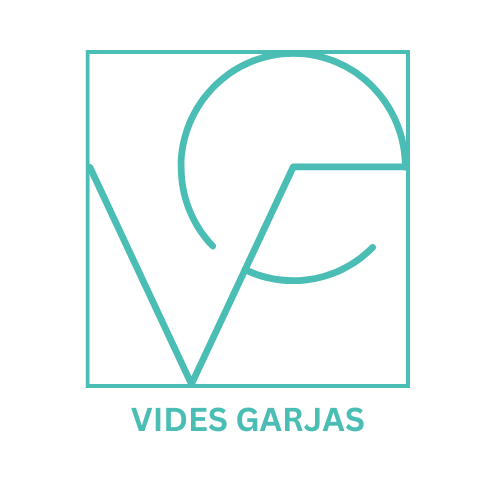the gist of instructional design
Training and development have always been integral to organizational success. The only role I had encountered before was that of a Corporate Trainer, so I was puzzled that instructional design as a profession wasn’t introduced when I studied Education. It wasn’t until I enrolled in the IDT course that I began to understand the depth of the field. One reading that stood out to me was John Nworie’s research on “The Increasing Quest for Instructional Designers and Technologists in Higher Education and Corporate Settings.” While his study was based in the U.S., the insights were relevant, especially that in recent years companies have outsourced work to the Philippines, increasing the demand for Filipino talent in the BPO sector.
Nworie’s study provided clarity on what instructional designers do, the growing demand for their expertise, and the varied skills expected of them. The role isn’t boxed into a single function. Instructional designers contribute across multiple settings, from developing university modules to designing corporate training programs. What ties these roles together is the focus on translating complex ideas into learning experiences that are practical, engaging, and aligned with clear goals.
Instructional designers often serve as the bridge between Subject Matter Experts (SMEs) and learners. They simplify complex content for easy access and application. This skill is highly valued in business and education because it allows learning experiences to be shaped around the needs and expectations of the audience. Their work goes beyond aesthetics and tools. It provides clarity, relevance, and intentional design.
In the corporate world, their contributions ripple through the organization. Well-designed training supports strategic goals, equips employees with essential skills, and enhances productivity. A solid instructional strategy boosts customer satisfaction and strengthens business outcomes. As workplace needs evolve, so too does the scope of the instructional designer’s responsibilities.
Then, Now, and as a Future Practitioner
When I began considering a shift toward higher education or corporate learning, I became curious about why instructional design was gaining momentum in the Philippines. It made me pay closer attention to the competencies and mindset that make this field valuable.
Over time, I gained exposure to essential tools like Learning Management Systems (LMS) and multimedia production software. I enrolled in short courses and joined professional learning communities. Experts such as Devlin Peck and Tim Slade gave me a better grasp of how design thinking and instructional strategy come together in practice. Along the way, I also strengthened my basic programming skills and explored tools that extend beyond conventional classroom instruction.
Around 2023, I stumbled upon a listing for the Associate of Science in Instructional Design and Technology program offered by the University of the Philippines Open University. That discovery stayed with me. This year, I made the decision to enroll.
I intend to immerse myself in practical projects and case studies that showcase the value of instructional design. I want to advocate for a culture of continuous improvement in both academic and workplace settings. My focus is on designing learning experiences that promote clarity, purpose, and sustained growth. When instruction is thoughtfully designed, it builds capacity and strengthens organizations from within.
References
Klein, J. D., & Kelly, W. Q. (2018). Competencies for instructional designers: A view from employers. Performance Improvement Quarterly, 31(3), 225-247. https://doi.org/10.1002/piq.21257
Kumar, S., & Ritzhaupt, A. (2017). What do instructional designers in higher education really do? International Journal on E-Learning, 16(4), 371-393.
Nworie, J. (2022). The increasing quest for instructional designers and technologists in higher education and corporate settings. Contemporary Educational Technology, 14(1), ep345. https://doi.org/10.30935/cedtech/11481
Ritzhaupt, A. D., & Kumar, S. (2015). Knowledge and skills needed by instructional designers in higher education. Performance Improvement Quarterly, 28(3), 51-69. https://doi.org/10.1002/piq.21196
Ritzhaupt, A. D., & Martin, F. (2014). Development and validation of the educational technologist multimedia competency survey. Educational Technology Research and Development, 62(1), 13-33. https://doi.org/10.1007/s11423-013-9325-2
Ritzhaupt, A. D., Martin, F., Pastore, R., & Kang, Y. (2018). Development and validation of the educational technologist competencies survey (ETCS): Knowledge, skills, and abilities. Journal of Computing in Higher Education, 30(1), 3-33. https://doi.org/10.1007/s12528-017-9163-z
Ritzhaupt, A., Martin, F., & Daniels, K. (2010). Multimedia competencies for an educational technologist: A survey of professionals and job announcement analysis. Journal of Educational Multimedia and Hypermedia, 19(4), 421-449.
Ritzhaupt, D., Stefaniak, J., Conklin, S., & Budhrani, K. (2020). A study on the services motivating instructional designers in higher education to engage in professional associations. The Journal of Applied Instructional Design, 9(2), 27. https://doi.org/10.51869/adrjssckb




